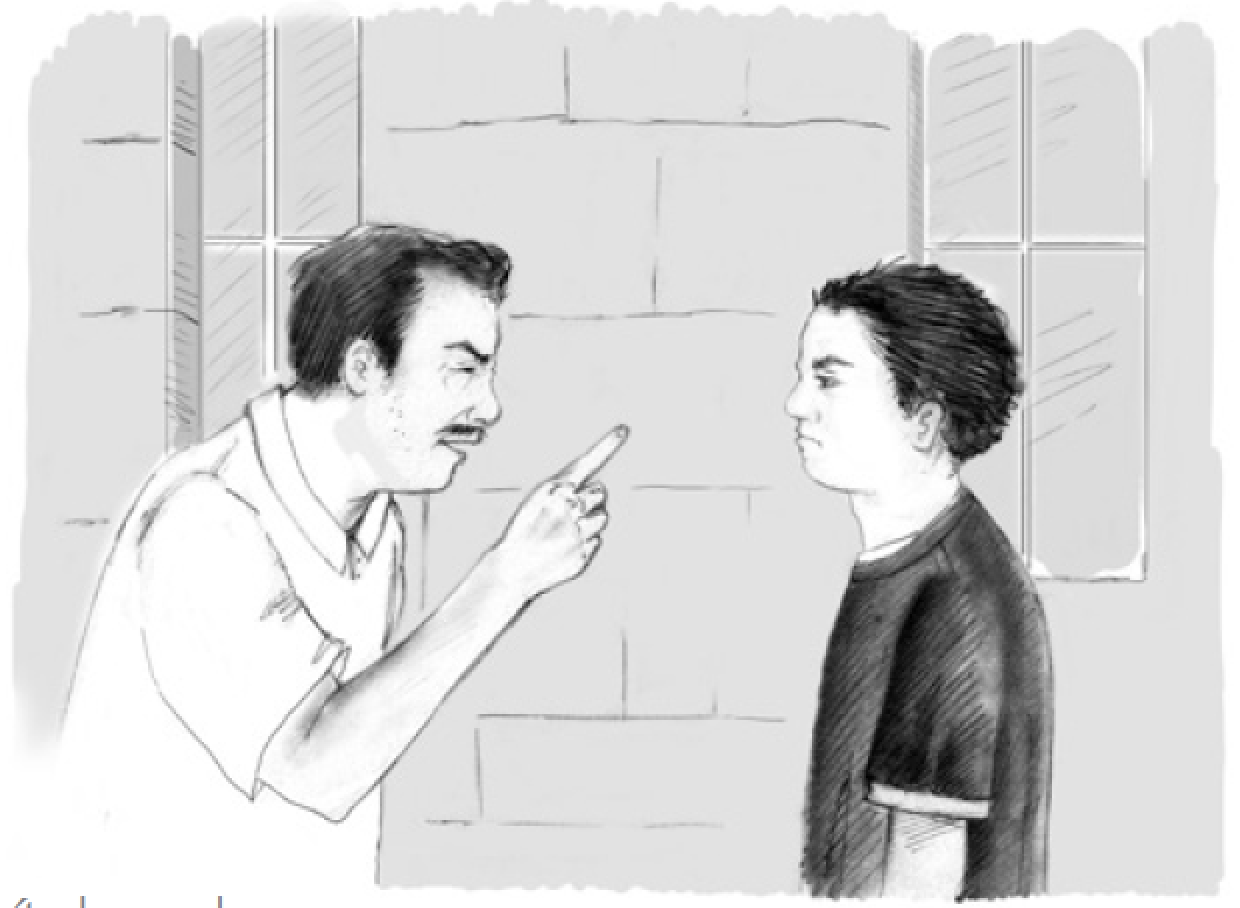The Connection Between School Dropouts and Incarceration

The connection between school dropouts and incarceration is a costly proposition for Americans. The figures don’t lie. Let’s take a look.
In a detailed report written about in the NY Times, approximately one in 10 male dropouts is either in juvenile hall or jail. The Center for Labor Market Studies states in the article that it’s one of America’s most expensive problems. To encourage educational opportunities for the country’s 6 million high school dropouts, a coalition of alternative schools, civil rights and public education advocacy groups commissioned the report.
The National Urban League said in the article that the dropout rate is what’s driving the prison population. Each person in America, over the working life of just one high school dropout, is paying nearly $300,000—a steep cost when a person leaves school without a diploma, it added.
Other figures are alarmingly high as well. For instance, an article on the Journalist’s Resource website states that about 70,000 criminal offenders under 18 live in detention homes and nearly 70 percent are minorities. Of these 70,000, thousands are awaiting trials. Thankfully, these figures are lower than in the 90’s. They’re obviously still too high, though, especially when you consider how many are just getting warmed up to a lifelong relationship with the criminal justice system.
The National Dropout Prevention Center offers a few suggestions for schools to help lower these numbers. The first suggestion by the organization is to put together a family involvement program. The second is to help low-achieving students by intervening in the first grade on up in first recognizing and then taking active measures to help improve their reading and writing skills, as this is what will give them a solid foundation for the later grades, thereby giving more of them a chance.
Finding educational programs that support ELL students’ first language, such as The Latino Family Literacy Project, can make an enormous difference on helping parents to understand basics for youth violence prevention.
